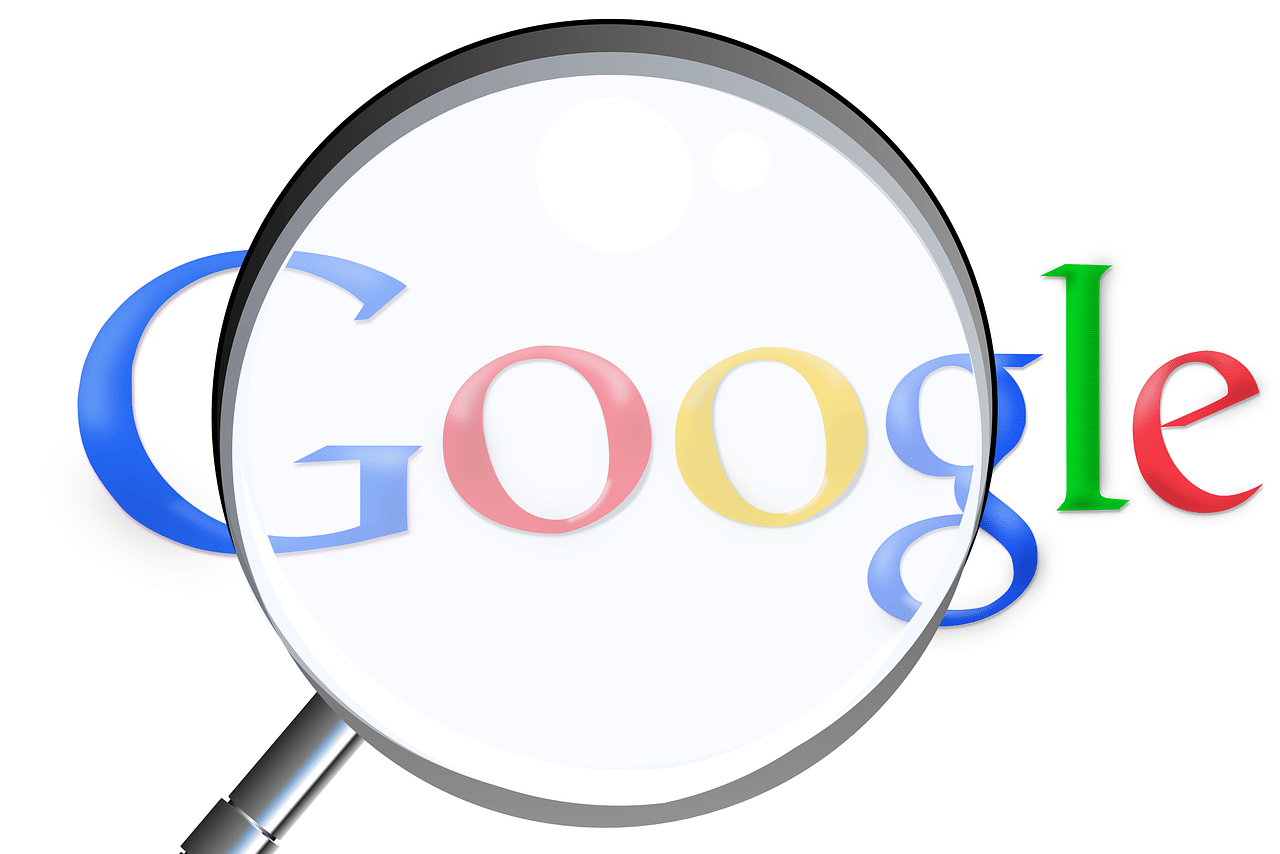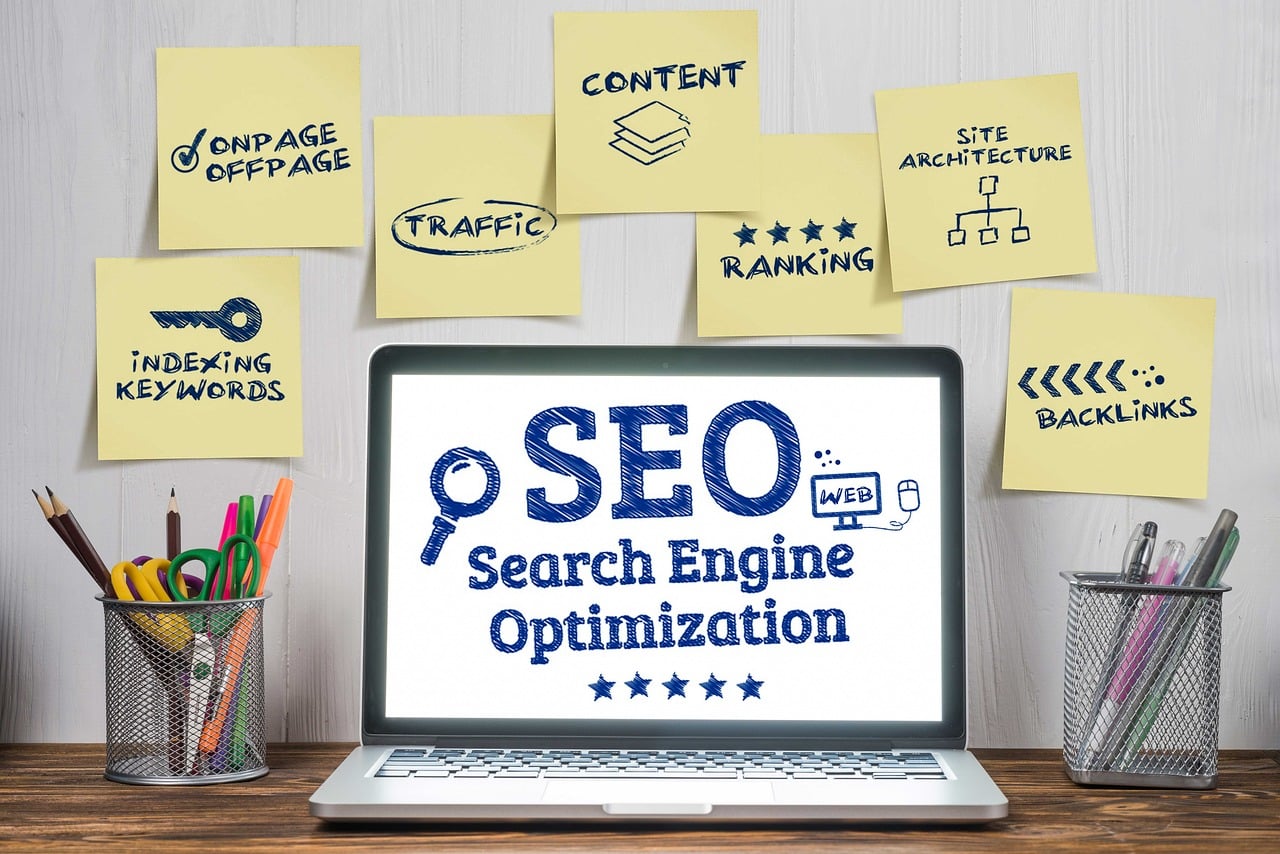The Challenge
The COVID-19 pandemic and resulting economic crisis are unprecedented in many ways, and business owners were caught off guard, especially those businesses that were suddenly deemed to be “non-essential.” Being forced to close their doors and adapt to new, contactless ways of doing business placed business owners in an unprecedented position where they had to make very tough decisions about safety, staffing, spending, and how to serve a reduced client base in new ways.
During times of pandemics and the economic crisis that often accompanies them, business owners often become understandably panicked about their increasing overhead costs and rapidly declining revenues and immediately react by cutting spending on any aspect of their business that they deem to be “non-essential.” Some owners even go so far as to drastically reduce or completely stop all spending on marketing efforts. Is marketing your business really a non-essential element of your success?
History has shown many examples of companies that continue marketing efforts during an economic downturn and those that don’t. Historically, the results are clear. Companies who deem marketing to be an essential element of their success and continue to find new and creative ways to market their business throughout the crisis fair far better than their competition who does not.
Looking back to previous times of unprecedented economic crisis, Forbes.com compared two cereal companies, Post and Kellogg, during the Great Depression. Post essentially stopped their marketing efforts while Kellogg continued to advertise, even going so far as to double their marketing and advertising budget. Did Kellogg’s strategy work? Absolutely. Kellogg’s profits increased by 30% during that time, helping to propel them to become an industry leader for decades after.
During this current unprecedented economic crisis, we have seen firsthand, the results of businesses that have continued to invest strategically in ongoing marketing efforts compared to those who have taken a non-strategic approach and decreased or stopped marketing altogether.
Niche Marketing Case Studies During COVID-19
Our first two client case studies involve B2B and B2C businesses that were deemed “essential” by the State of Maryland during the COVID-19 crisis and were allowed to remain open while our third case study involves a B2C business who was deemed “non-essential” and was forced to close at the end of March 2020.
Although all of these business owners were very concerned about their overhead and revenue affecting their ability to keep employees and continue to provide their services, one felt that marketing was “non-essential” during this time and stopped all marketing efforts, while the other two decided that strategic marketing was “essential” and continued their marketing efforts March through June 2020.
Case Study #1: Essential B2B Business
In this example, this business had a strong foothold in their niche industry and launched a new website at the end of 2019. After a significant initial marketing push in late January and early February 2020, using advertising, email marketing, social media marketing, and sales efforts, they continued to see consistent website traffic and leads into March. Then COVID-19 happened. Although they were deemed an “essential” business during the pandemic and were able to continue with sales and service to their clients, they decided marketing during this time was not essential.
This business significantly reduced its marketing efforts in March, stopping all efforts by April. As witnessed by their website traffic, they’ve seen a steady decline in customer and prospect engagement and a significant drop in new leads as this trend continues in June 2020.
This “essential” B2B business significantly reduced its marketing efforts in March, stopping all efforts by April. As their website traffic shows, they experienced a steady decline in customer and prospect engagement and a significant drop in new leads, a trend that continued into the summer months.
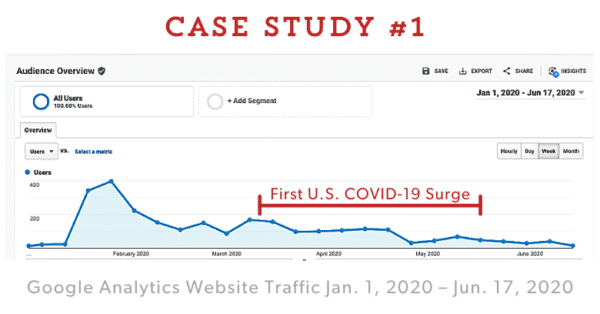
Case Study #2: Essential B2C Business
This B2C business has seasonal peaks during certain times of the year and, like many B2C businesses, January is notoriously slow for them. This business utilized an active strategic marketing plan, email marketing, social media marketing, programmatic digital display advertising, and other marketing initiatives to consistently engage its audience.
As you can see in the graphic below, this business was consistently getting traffic to their website prior to March 2020. This business owner deemed their marketing efforts to be an essential element of their success and decided to continue with their normal monthly marketing campaigns and ramp up their marketing efforts during the COVID -19 pandemic to help ensure they stayed engaged with their customer base.
During the peak months of the pandemic in Maryland, March-May 2020, this business owner was able to stay the marketing course, modified their business operations, and successfully saw a jump in website traffic and revenue activity in April as their customer base felt more confident to start spending money.
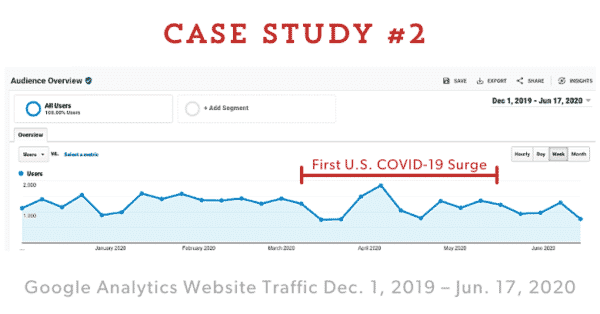
Case Study #3: Non-Essential B2C Business
This successful B2C business was unfortunately deemed to be “non-essential” by the State of Maryland and was required to close its doors from late March through the middle of May of 2020.
This business normally markets consistently and publishes multiple marketing campaigns with great success every month. Although they were closed and unable to do business, they continued part of their marketing efforts throughout the shutdown, while using the time the business was closed to plan ahead to get a jump-start on ramping up their marketing efforts as soon as non-essential businesses were allowed to open back up.
As you can see, with continued marketing efforts and a plan to hit the ground running as soon as it could reopen, this business is back in action! After opening its doors again on May 15, 2020, and bringing its marketing efforts back to pre-COVID levels immediately, traffic to its website is consistently increasing and customers are coming in the door in carefully socially-distanced droves.
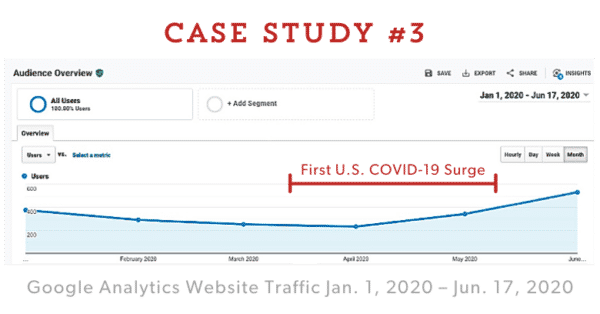
In Summary
So, what’s the moral of this story? Marketing is an essential part of your business success. Period. In times of economic crisis and financial uncertainty, history, case studies, and our experience have shown that the opportunity costs associated with failing to effectively market your business to current and potential clients during that time far outweigh the perceived short-term benefits and cost savings of cutting marketing efforts.
Subscribe To Receive The Latest News
Sign up to get the latest news and free marketing resources from Niche.
Add notice about your Privacy Policy here.









